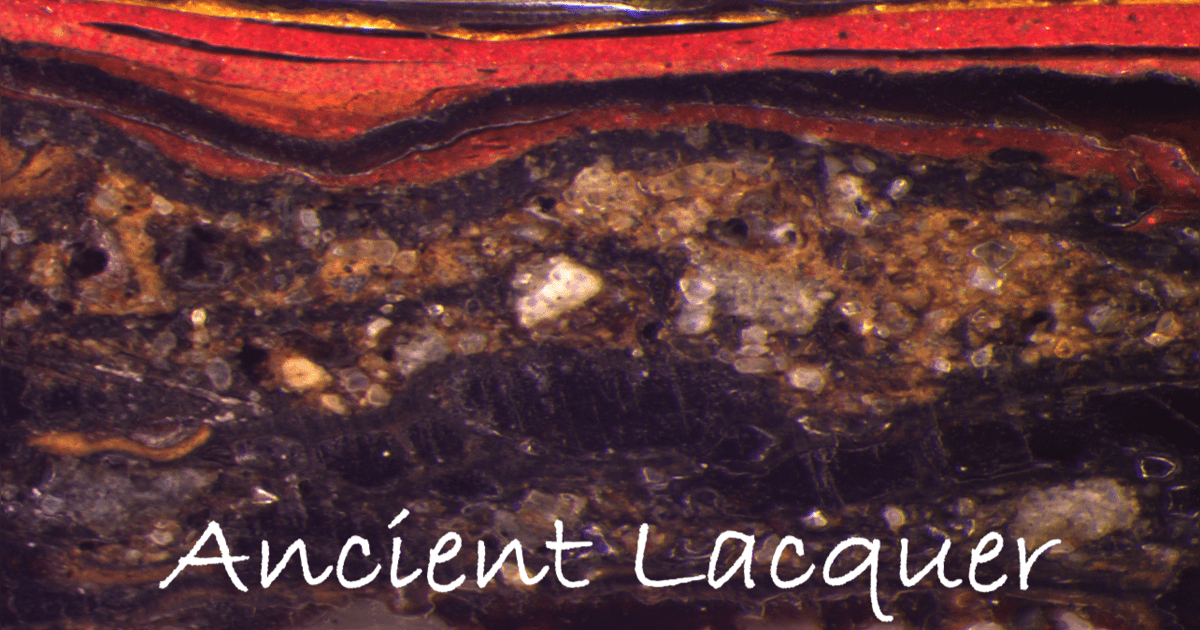Research and Conservation of Ancient Lacquer
A special issue of Coatings (ISSN 2079-6412). This special issue belongs to the section "Surface Characterization, Deposition and Modification".
Deadline for manuscript submissions: 31 October 2025 | Viewed by 4428

Special Issue Editors
Interests: conservation of lacquer
Interests: restoration and scientific analysis of lacquerware
Special Issue Information
Dear Colleagues,
Lacquer is a natural coating with a history of over 8,000 years, but the traditional craftsmanship of lacquerware is on the verge of disappearing. In order to gain a deeper understanding of the ancient techniques used in lacquerware production and to effectively conserve them for future generations, many laboratories have embarked on research analyzing and conserving ancient lacquerware. In this context, this Special Issue aims to present the latest developments in this field. Topics of interest include, but are not limited to, the scientific analysis of unearthed and inherited lacquerware, the restoration of lacquerware crafting techniques, the softening of lacquer films, and the dehydration and shaping of lacquer wood items.
Dr. Xing Zhao
Dr. Qiuju He
Dr. Na Wang
Guest Editors
Manuscript Submission Information
Manuscripts should be submitted online at www.mdpi.com by registering and logging in to this website. Once you are registered, click here to go to the submission form. Manuscripts can be submitted until the deadline. All submissions that pass pre-check are peer-reviewed. Accepted papers will be published continuously in the journal (as soon as accepted) and will be listed together on the special issue website. Research articles, review articles as well as short communications are invited. For planned papers, a title and short abstract (about 100 words) can be sent to the Editorial Office for announcement on this website.
Submitted manuscripts should not have been published previously, nor be under consideration for publication elsewhere (except conference proceedings papers). All manuscripts are thoroughly refereed through a single-blind peer-review process. A guide for authors and other relevant information for submission of manuscripts is available on the Instructions for Authors page. Coatings is an international peer-reviewed open access monthly journal published by MDPI.
Please visit the Instructions for Authors page before submitting a manuscript. The Article Processing Charge (APC) for publication in this open access journal is 2600 CHF (Swiss Francs). Submitted papers should be well formatted and use good English. Authors may use MDPI's English editing service prior to publication or during author revisions.
Keywords
- ancient lacquer
- traditional craft
- scientific research
- conservation
- restoration
Benefits of Publishing in a Special Issue
- Ease of navigation: Grouping papers by topic helps scholars navigate broad scope journals more efficiently.
- Greater discoverability: Special Issues support the reach and impact of scientific research. Articles in Special Issues are more discoverable and cited more frequently.
- Expansion of research network: Special Issues facilitate connections among authors, fostering scientific collaborations.
- External promotion: Articles in Special Issues are often promoted through the journal's social media, increasing their visibility.
- Reprint: MDPI Books provides the opportunity to republish successful Special Issues in book format, both online and in print.
Further information on MDPI's Special Issue policies can be found here.







